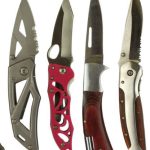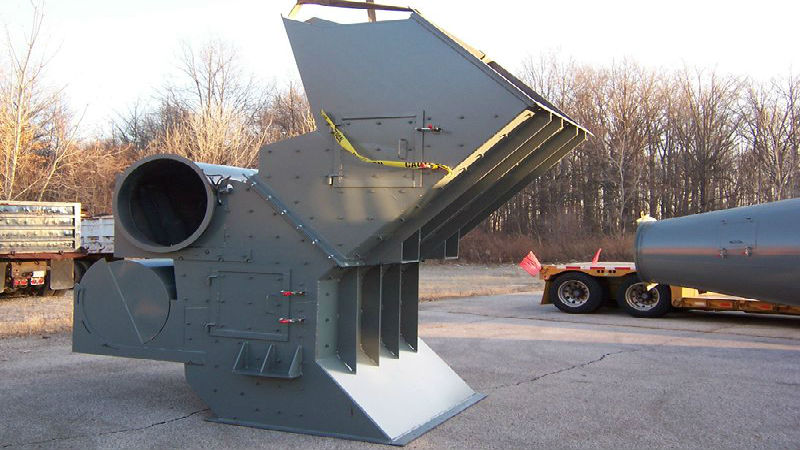If you are a cost-conscious machinist, fabricator or manufacturer, you are always looking for ways to reduce your budget for machinery. It is important to extend the lives of all cutting tools. By increasing their longevity, you cut down on expensive replacements, to say nothing of pricey down times. One way to avoid this issue is to consider the addition of carbide grit to your arsenal of protective measures.
What Is Carbide Grit?
Carbide is a durable mixture of diverse carbides. Among them, the best known is tungsten carbide. Grit is crushed carbide. The sizes vary according to the stated purpose of the grit as well as the desired properties. Altering the grit mesh size and wire matrix are the means of adjusting the grit to meet the specific demands and specifications the work and the client entail. The carbon grit is then applied through the process of “hardfacing” to the designated part to improve the existing qualities of the surface.
The application of grit may be to a new part or an older surface. In either situation, the carbide retains the qualities or properties that make it a desirable material. The grit format also makes it ideal for processing and adherence to different the blades and edges of other metals.
Qualities and Major Applications of Carbide Grit
Whether as a powder, a rod or grit, carbide possesses the same qualities. The material is:
* High abrasion resistance
* Able to withstand high temperatures
* Durability
* Strength
* Great wear-and-tear resistance – therefore increased longevity
These properties make carbide grit the choice for coating cutting metals. They are the perfect covering for tools that will face harsh working environments. They provide the protective covering for
* Bulldozer blades
* Bucket teeth for your a loader, backhoe or excavator
* Wood grinding hammers and tips
* Trencher teeth – ground engaging digger teeth
By applying carbide grit to these tools, a company can protect their equipment and make sure their costly investment lasts longer.








